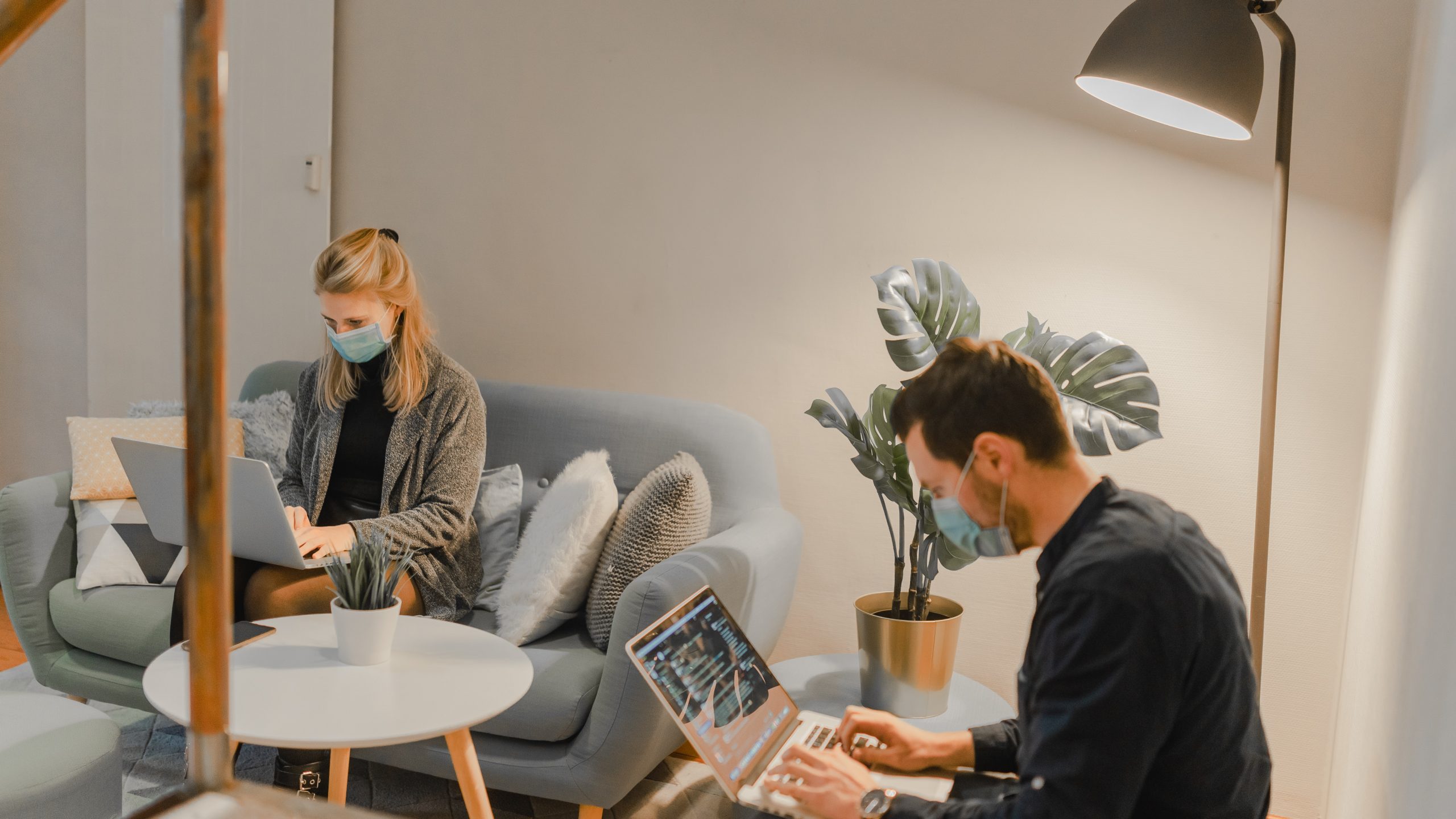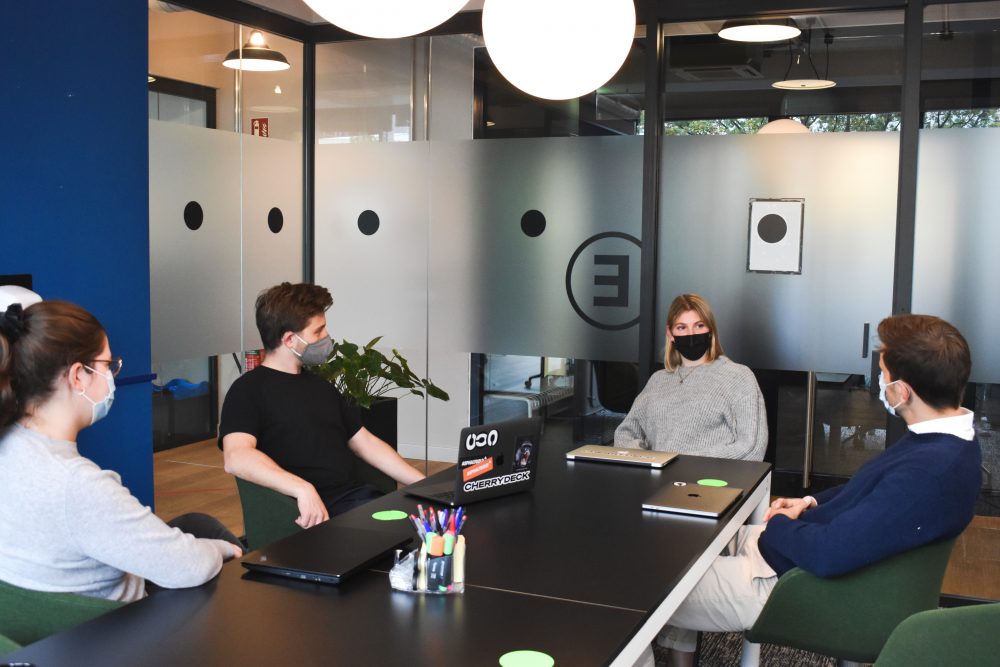
Is your workplace still COVID-19 safe?
The COVID-19 pandemic has transformed Australian workplaces and placed greater obligations on employers to ensure the health and safety of workers, particularly with further COVID-19 waves on the horizon.
Even though COVID-19 vaccines greatly reduce the likelihood of developing serious symptoms and offer some level of protection against contraction and transmission, the effects on Australian workplaces will likely continue until a cure or improved vaccine is found.
It is for this reason that employers must continue to assess the risks to workers and others who attend the workplace of contracting COVID-19, as well as implement and review control measures to prevent or minimize exposure to these risks.
Workers also have a duty to take reasonable care for their own health and safety and others at the workplace as well as abide by all appropriate work health and safety control measures.
Conduct a Risk Assessment
In order to manage exposure to risks related to COVID-19, employers must conduct a risk assessment that addresses the following steps:
- identify workplace hazards such as the potential for transmission at the workplace or hazards resulting from a worker or other individual testing positive for COVID-19;
- determine who might be harmed and how they might be harmed. This includes workers and any other individuals at the workplace;
- decide on control measures including ways to prevent the spread of COVID-19;
- implement control measures; and
- regularly review control measures.

Consultation involves sharing of information including possible sources of exposure to COVID-19 and associated health risks, giving workers a reasonable opportunity to express their views and then considering those views before making health and safety decisions. The type of control measures implemented will ultimately depend upon the hazards identified as part of the risk assessment process.
COVID-19 control measures
The following control measures will assist employers to have a COVID-19 safe workplace.
1. Measures to keep workers safe and stop the spread of COVID-19
(a) Ensuring people with COVID-19 symptoms do not attend the workplace
An important control mechanism is to ensure that workers and other individuals who have COVID-19 symptoms do not attend the workplace.
This can be implemented as follows:
- providing education and training as well as signage about COVID-19 symptoms including:
– not attending the workplace, isolating or quarantining, particularly if required by public health orders;
– steps to follow if symptoms develop while at the workplace;
– when to seek medical advice and get tested; and - supporting workers to access testing, stay at home if they have symptoms and implement remote working options.
(b) Physical distancing
The extent to which physical distancing measures are required will depend upon the nature of the business operations (for example, construction site, factory, or office) and the tasks required to be performed (for example, where tasks require two or more people to lift heavy objects).
Physical distance control measures should address the following:
- limit the number of people at the workplace based on applicable public health directions in the state or territory the business is located and ensure each person can maintain a physical distance of at least 1.5 metres. Further, it is recommended that the number of people in an enclosed area be limited to one person per two square metres of space;
- ensure the physical layout of the workplace supports physical distancing. This includes workstations, waiting areas, lunchrooms and kitchen areas.
- keep indoor areas where people gather well ventilated through natural or mechanical means (for example, opening windows or adjusting air-conditioning);
- modify work processes so that tasks are carried out in a manner that minimizes interactions between people. This includes reducing time spent in close proximity;
- don’t shake hands to greet people; and
- restrict visitors to the workplace or to certain areas.
Employers should be mindful of any government requirements or recommendations to wear face masks indoors. Consideration should also be given to requiring face masks to be worn in situations where adequate physical distancing cannot be maintained.

(c) Good personal and hand hygiene
Good personal and hand hygiene helps to protect against infection and prevents COVID-19 from spreading to others. Personal and hand hygiene should address the following:
- encourage all workers to practice good personal hygiene by regularly washing their hands with liquid soap and water. Hand washing should take at least 20 to 30 seconds washing all areas of the hand (palms, fingers, nails and back of hands). Alternatively, hand washing can be done by using an alcohol-based hand sanitizer containing at least 60% ethanol or 70% iso-propanol. Apply hand sanitizer to all surfaces of the hand and rub hands for at least 20 to 30 seconds;
- place hand sanitizer in locations such as meeting rooms, work areas and lunch rooms as well as entrances and exits in order to encourage hand hygiene;
- people should be reminded that if they need to sneeze or cough they should cover their mouth with an elbow or tissue. The tissue must be disposed of immediately. They should then wash or sanitize their hands and avoid touching their face.
(d) Keep the workplace clean
In addition to routine cleaning of workplaces such as emptying bins and cleaning toilets, enhanced cleaning will help to prevent the spread of COVID-19 by reducing the number of germs that survive on surfaces. Employers can protect workers and others from risk of exposure to COVID-19 by implementing appropriate cleaning and disinfection measures.
Cleaning means to physically remove germs (bacteria and viruses) from surfaces using a detergent and water solution. A detergent is designed to break up oil and grease with the use of water. Disinfecting means using chemicals to kill germs on surfaces. In non-health care workplace settings, physical cleaning with water and detergent is usually sufficient. However, disinfection in addition to cleaning is recommended for frequently touched surfaces.
The frequency of cleaning and/or disinfection will depend on the circumstances. However, it is recommended that workplaces are cleaned at least daily. The frequency and degree a workplace should be disinfected will depend on the likelihood of contaminated material being present as the COVID-19 virus is known to survive on some surfaces for extended periods of time.
Where equipment or tools are shared between workers (for example, hot desking or motor vehicles) touched surfaces should be cleaned between users. Cleaning and disinfection should be used where there is a high volume of workers, customers or visitors that are likely to touch surfaces. Cleaning and disinfection should be undertaken after a person with a confirmed or suspected case of COVID-19 has recently attended the workplace.

2. Implement a plan to respond to COVID-19 pandemic changes
It is important to remain informed about the COVID-19 pandemic and implement a plan to respond to any changes. This may be due to public health orders or government health advice recommending work from home arrangements. While such a change may not eventuate, in the event that it does, it usually occurs with limited notice. It is for this reason that employers should monitor the COVID-19 situation and have a plan to implement a safe system of work as well as other administrative arrangements allowing for work to continue.
Administrative arrangements include workers having sufficient access to equipment, resources and support to work remotely and/or to continue work at the workplace. Where this is not possible, guidance should be given about how to set up a home office, maintain regular communication with workers and continued access to employee assistance programs.
Take home points
It is important that employers remain vigilant with respect to their COVID-19 work health and safety obligations. Employers are required to conduct a risk assessment to identify hazards and decide on appropriate control mechanisms. Workers must be consulted prior to implementation.

Connect with us...
If you would like to know more about COVID-19 safe work practices, please contact us at hello@mapien.com.au and a Mapien Workplace Strategist will be in touch within 24 hours.

